The architecture of G.Curator is very simple: by pressing a big red button run by Makey Makey you interact with the application developed in VVVV, which questions Google Images regarding a random combination of two artistic movements. The result is projected on a monitor positioned in front of the observer. The patch is divided in 3 main parts:
- The first part consists of a list of artistic movements divided in two blocks of strings. A description is attached to each of them. When the button is pressed, two of these terms are chosen to be submitted to the Google Images search. The Windows vocal synthesizer plays both the search and the description for each of the movements chosen.
- The second block of code creates a Google Images link questioning the servers.
- The third part implements the result in a specifically created area to then be projected on a monitor.



